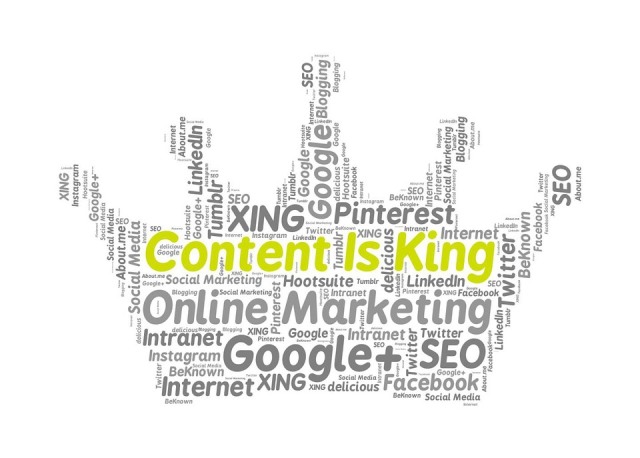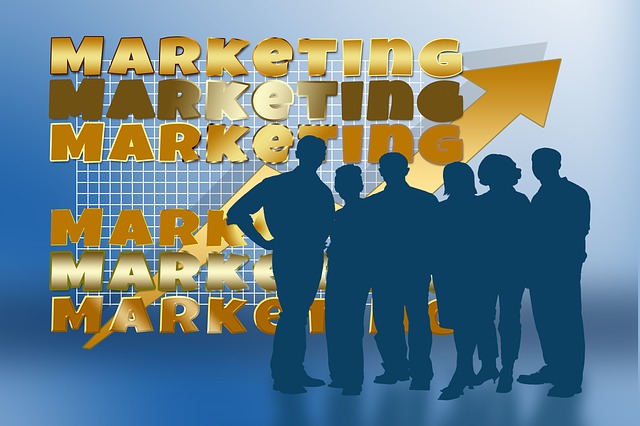When you make an investment, it can be difficult to say with certainty how much money can you make when you finally cash it in. Like any return on investment, website ROI is based on the costs and the results. If the site doesn’t produce any results, its ROI may literally be negative. It may also be in the tens of millions of dollars.
Many factors affect the variation in ROI. Here are the main of them:
-
Cost of website design
Creating a website is a one-time initial investment. Costs can vary wildly from $1,000 to $100,000. The site we are going to create can cost approximately $5,000.
-
Cost of creating website content
The well-known real estate slogan says “Location! Location! Location!” When we talk about websites, we have to re-phrase it into “Content! Content! Content!” Great content is crucial for online success, it is vitally important for any website. Content can be a business maker or business breaker. Moreover, because the real world does NOT work the SEO-way, all the texts have to be SEO-optimized. An article on paper is one thing, an article in the Internet is quite another. And if we don’t see the difference and apply the same methods for both of them, we are in trouble. Articles are words, and the words are the only “food” for search engines. Also, even if nobody opens and reads your article, Google does. It indexes the keywords and make your website rank higher. That’s why great content costs great money.
-
Cost of maintaining the website
Out of pocket post-launch expenses such as hosting and the wages for a website administrator are low. But the time involved in content development is tremendous (permanently researching for new facts, ideas, breaking news, scientific reports, etc. in the food area; writing interesting and SEO-optimized articles with intriguing titles; posting articles with appropriate headings, tags, and links on the website by using CMS; searching for free images; creating art works for banners, food cards, and e-magazine; placing images and banners on the site)
-
Cost of website promoting and SEO
The website content is the most important aspect of the whole business, but it’s also crucial that its intended audience is able to find it. Promoting the website also requires lots of efforts, skills and time and includes the following: creating and updating email list; developing and emailing e-newsletters; maintaining social media accounts in Google+ and Facebook; implementing SEO.
-
Website Traffic
The top line for measuring success is the number of unique visitors per day (or per month).
-
Website Advertisers
The number of advertisers determines the bottom line results.
-
Using lead generation forms to increase ROI
Providing leads is a tangible benefit that a site can provide, and can be translated directly into a quantifiable ROI. The more leads the website can generate, the better its ROI will be on average.
-
Website lifespan
A website lifespan has a huge impact on the return on investment. It’s not like you are buying a new car and thinking ahead about how long you may own it. All things being equal, a great site will produce results for five years or more. A bad site will need to be redesigned within two years or less. Also, a GREAT site will produce dramatically better results than a GOOD site, which may translate into millions of dollars over time.
So, build a team that is capable of creating a great site that gives all involved parties a solid basis for great expectations.


























